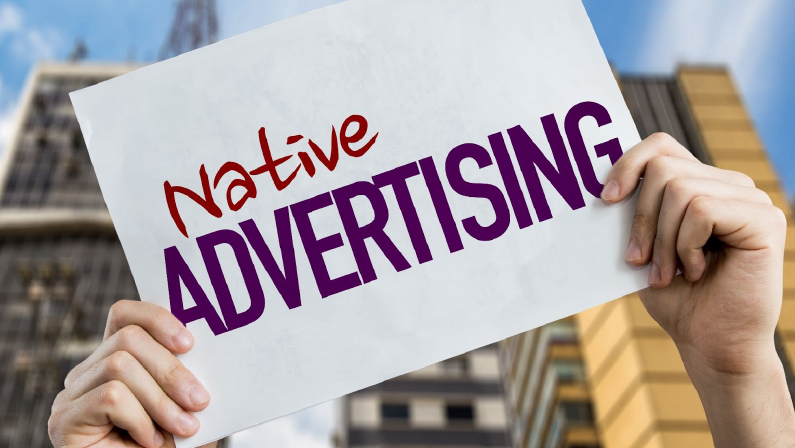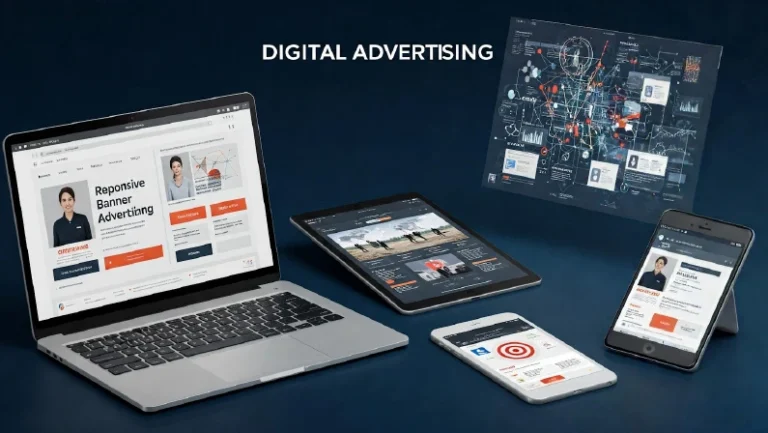Ever wondered why some ads blend so seamlessly into your online experience that you barely notice them? These are native ads, a powerful tool in digital marketing. But what exactly are native ads, and why are they so effective?
In this article, we’ll explore what native ads are and what makes them the future of advertising.
What is a Native Advertisement?

Native advertising refers to the type of advertising that matches the form and function of the platform on which they appear. Unlike traditional display ads, native ads blend in with the content, providing a non-disruptive user experience. This subtle integration makes native advertising a favorite among marketers aiming to engage their audience more naturally.
How Do Native Ads Work?
Native ads work by mimicking the look and feel of the surrounding content. They can appear in various formats, such as sponsored articles, social media posts, or search engine results. The key to their effectiveness lies in their ability to offer value to the audience while subtly promoting a product or service.
Here’s a breakdown of how native ads work:
For Users:
- Consumption: Native ads appear in users’ feeds or search results, alongside organic content. They may be articles, social media posts, videos, or even sponsored content recommendations.
- Engagement: The key to native ads is that they don’t disrupt the user experience. Ideally, users will engage with the ad because it appears relevant and interesting, not because it’s an obvious advertisement. This can lead to higher click-through rates than traditional banner ads.
- Transparency: Native ads are still advertisements, and reputable publishers will clearly label them with terms like “Sponsored,” “Promoted,” or “Ad.”
For Advertisers:
- Targeting: Native ad platforms allow advertisers to target specific demographics and interests. This means their ads are shown to users who are more likely to be receptive to the message.
- Content Creation: Advertisers typically create the content for their native ads, ensuring it aligns with the platform and target audience.
- Bidding System: Advertisers compete for ad space through a bidding system, similar to how other online advertising works.
How Do You Spot Native Advertising?
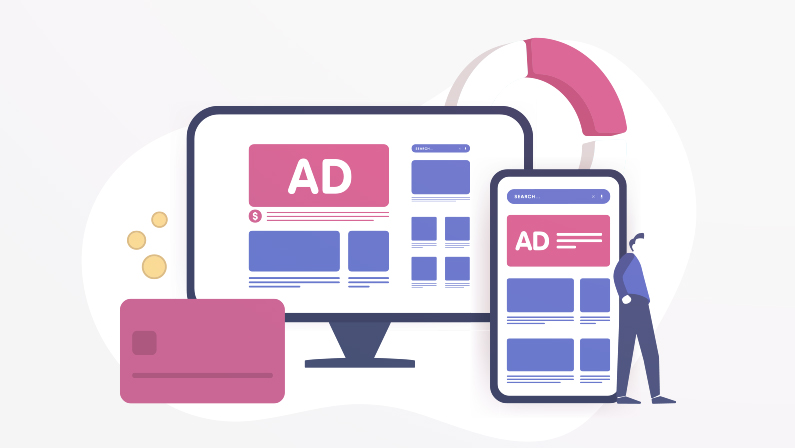
Spotting native advertising can be tricky because it’s designed to blend in. However, there are a few telltale signs.
Here’s how to spot native advertising:
Sponsored Labels
Look for terms like “Sponsored,” “Promoted,” or “Ad” to indicate paid content.
Author Details
Native ads often list the brand or company as the author.
Contextual Relevance
Native ads typically align closely with the editorial content around them.
Native Advertising Channels
Native advertising offers a powerful way to reach your target audience with subtlety and impact. Unlike traditional display ads, native ads seamlessly blend into the surrounding content, fostering a more engaging user experience. But where exactly can you leverage native advertising to achieve your marketing goals?
Here are its key channels:
Search
Search native ads appear at the top of search engine results pages (SERPs), mimicking organic results. They are effective because they meet users’ immediate search intent, providing relevant solutions right when they’re needed.
Social
Social media platforms like Facebook, Instagram, and Twitter offer native advertising that blends seamlessly into users’ feeds. These ads look like regular posts, making them less intrusive and more engaging.
Open Web
Native ads on the open web appear within the editorial content of websites. Native marketing examples include sponsored articles or in-feed ads on news sites. These ads align with the site’s content, enhancing user engagement without disrupting the reading experience.
Who Benefits From Native Advertising?
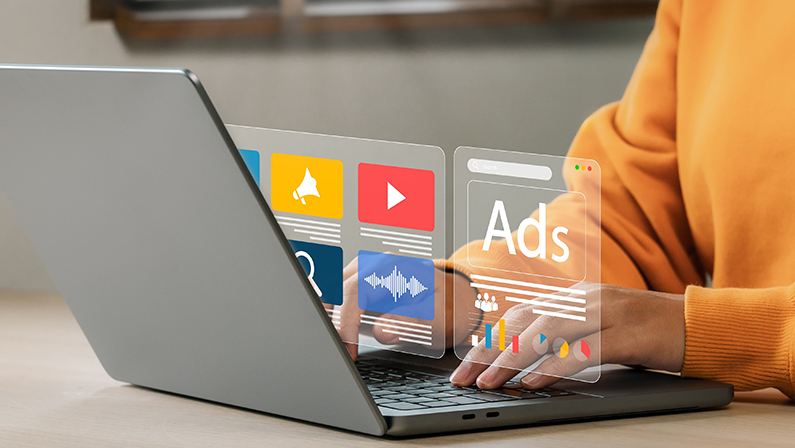
Native advertising isn’t a one-sided win. It fosters a collaborative environment where advertisers, publishers, and even users reap the benefits.
Let’s explore how each party gains from this innovative advertising approach:
Advertisers
Advertisers benefit from higher engagement rates and better brand perception. Native ads are less likely to be ignored or blocked, making them a cost-effective way to reach target audiences.
Publishers
Publishers gain additional revenue streams without compromising user experience. Native ads can be seamlessly integrated into editorial content, maintaining the site’s aesthetic and user engagement levels.
Users
Users benefit from a more cohesive browsing experience. Since native ads match the content they’re engaging with, they’re less disruptive and more likely to provide relevant information.
Benefits of Native Advertising
Native advertising also brings a host of benefits that make it a preferred choice for modern marketers.
More Effective Than Display Ads
Native ads often achieve higher click-through rates (CTR) and engagement compared to traditional display ads. Their seamless integration with content makes them less intrusive and more appealing.
Native Advertising Fights Ad Fatigue
With the increasing prevalence of ads, users often experience ad fatigue. Native ads combat this by blending in with the content, reducing the likelihood of being perceived as annoying or repetitive.
People Are Partial to Ads That Provide Relevance
Users are more likely to engage with ads that are relevant to their interests. Native ads offer contextual relevance, making them more effective at capturing attention and driving action.
How to Choose the Right Native Advertising Platform
Choosing the right platform for native advertising depends on your target audience and campaign goals. Evaluate platforms based on their user demographics, engagement metrics, and ad format options. Platforms like Taboola, Outbrain, and native advertising networks like Nativo offer diverse options to suit different marketing strategies.
Native Advertising Examples
So, what are native ads examples? Understanding what native ads look like in action can help you craft your campaigns.
Here are a few native advertising examples:
- Sponsored Articles: An article on a news site that provides valuable information while subtly promoting a brand.
- In-Feed Ads: Ads that appear within the feed of social media platforms, looking like regular posts.
- Search Ads: Paid search results that appear at the top of SERPs, matching the format of organic listings.
How to Create Native Ads
Creating effective native ads involves several key steps:
1. Define Your Audience & Goals:
Understanding your ideal customer’s demographics, interests, and online behavior is crucial. Tailor your ad content to resonate with their specific needs and wants.
Then, Set clear goals for your native ad campaign. Are you aiming for increased brand awareness, lead generation, website traffic, app downloads, or something else entirely? Your goals will dictate the overall message and call to action (CTA) of your ad.
2. Craft Engaging Content:
Create high-quality content that aligns with the platform and your target audience. It could be informative blog posts, captivating stories, interesting videos, or valuable infographics.
Then, clearly disclose that your content is a native ad. Use terms like “Sponsored Content” or “Promoted” to maintain user trust.
3. Visual Appeal
Include high-quality visuals that complement your content and visually represent your brand. People are more likely to engage with ads that are visually appealing.
While visuals should be professional, strive for a balance that feels authentic to the platform and target audience. Avoid overly stock-photographic imagery.
4. Powerful CTA
Tell users what you want them to do after consuming your ad. Do you want them to visit your website, download an app, or sign up for a free trial? Make it easy for users to take action by including a clear and compelling CTA button.
5. Platform Specifics
Each native advertising platform might have specific formatting requirements for headlines, descriptions, and visuals. Ensure your ad adheres to these guidelines to ensure proper display.
Don’t be afraid to experiment with different headlines, visuals, and CTAs. Run A/B tests to see which variations resonate best with your target audience and optimize your ad performance over time.
Other Types of Native Ads
Native advertising encompasses various types, each offering unique engagement opportunities.
Programmatic Native Advertising
Programmatic native advertising uses automated systems to buy and place native ads across multiple platforms. This approach allows for precise targeting and real-time optimization, enhancing the effectiveness of campaigns.
Native Video Advertising
Native video ads are integrated into video content on platforms like YouTube or within in-article videos on news sites. These ads offer a more engaging and interactive way to reach audiences.
How Much Does Native Advertising Cost?
The cost of native advertising can vary widely based on factors like platform, targeting options, and ad format. Generally, native advertisements are priced on a cost-per-click (CPC) or cost-per-impression (CPM) basis. On average, you can expect to pay anywhere from $0.10 to $10 per click, depending on the competitiveness of the industry and the specific platform.
Leveraging Native Advertising for Your Business
Native advertising offers a powerful way to reach your audience more effectively and naturally. By understanding what native ads are and how they work, you can create campaigns that blend seamlessly with content, providing value to users while achieving your marketing goals. If you’re looking to elevate your digital marketing efforts, consider partnering with a digital marketing agency in Seattle, WA, like LeadOrigin. Their expertise in native marketing can help you craft compelling ads that resonate with your audience.
For more information, visit LeadOrigin’s digital marketing agency in Seattle, WA. LeadOrigin also has locations in Houston, TX (2100 W Loop S #1400, Houston, TX 77027) and Palo Alto, CA (228 Hamilton Ave Suite 325, Palo Alto, CA 94301).
